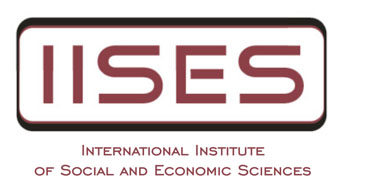35th International Academic Conference, Barcelona
NEW MORE POWERFUL LIKELIHOOD RATIO TESTS FOR SHORT HORIZON EVENT STUDIES
CHIRANJIT MUKHOPADHYAY
Abstract:
Short horizon Event Studies (ES) in financial research, are concerned with the effects of firm-specific or market-wide events such as, stock-splits, earnings announcements, mergers and acquisitions, derivatives introductions etc. on the underlying firms' stock prices. Though it has been around for half a century, and evidences abound about the phenomenon of Event Induced Variance (EIV), the methodological development in the ES literature, has mostly focused only on a shift in location of the expected abnormal returns. In this work, a random-effect model is proposed which explicitly accounts for the (empirically observed) cross-sectional variance of the (predicted) abnormal returns, along with another parameter accommodating for (another empirical phenomenon of) a change in post-event volatility. Under this model, the null hypothesis of "no event effect" also involves these additional variance parameters other than the usual mean. This necessitates development of new tests for this and other hypotheses of interests in ES, for which new Likelihood Ratio Tests (LRTs) are derived. As is standard in the ES literature, the specification and power behavior of the newly developed LRTs are compared with those of the existing ES tests, using real returns of 1231 stocks, that were listed in the National Stock Exchange, India between April 1998 and January 2016. 100,000 samples of sizes 5 and 50 are drawn to estimate and compare the probabilities of type-I error and power of the tests. The new LRTs are compared with both the popular and recent parametric and non-parametric ES tests in the literature. The powers are compared under both presence and absence of shift in location of the distribution of the abnormal returns, along with those of the two components of EIV. The newly developed LRTs are found to be adequately specified, and for more powerful than the existing ES tests in the literature, for a wide spectrum of alternatives.
Keywords: Cumulative Abnormal Return, Efficient Market Hypothesis, Event Induced Variance, Power, Specification

